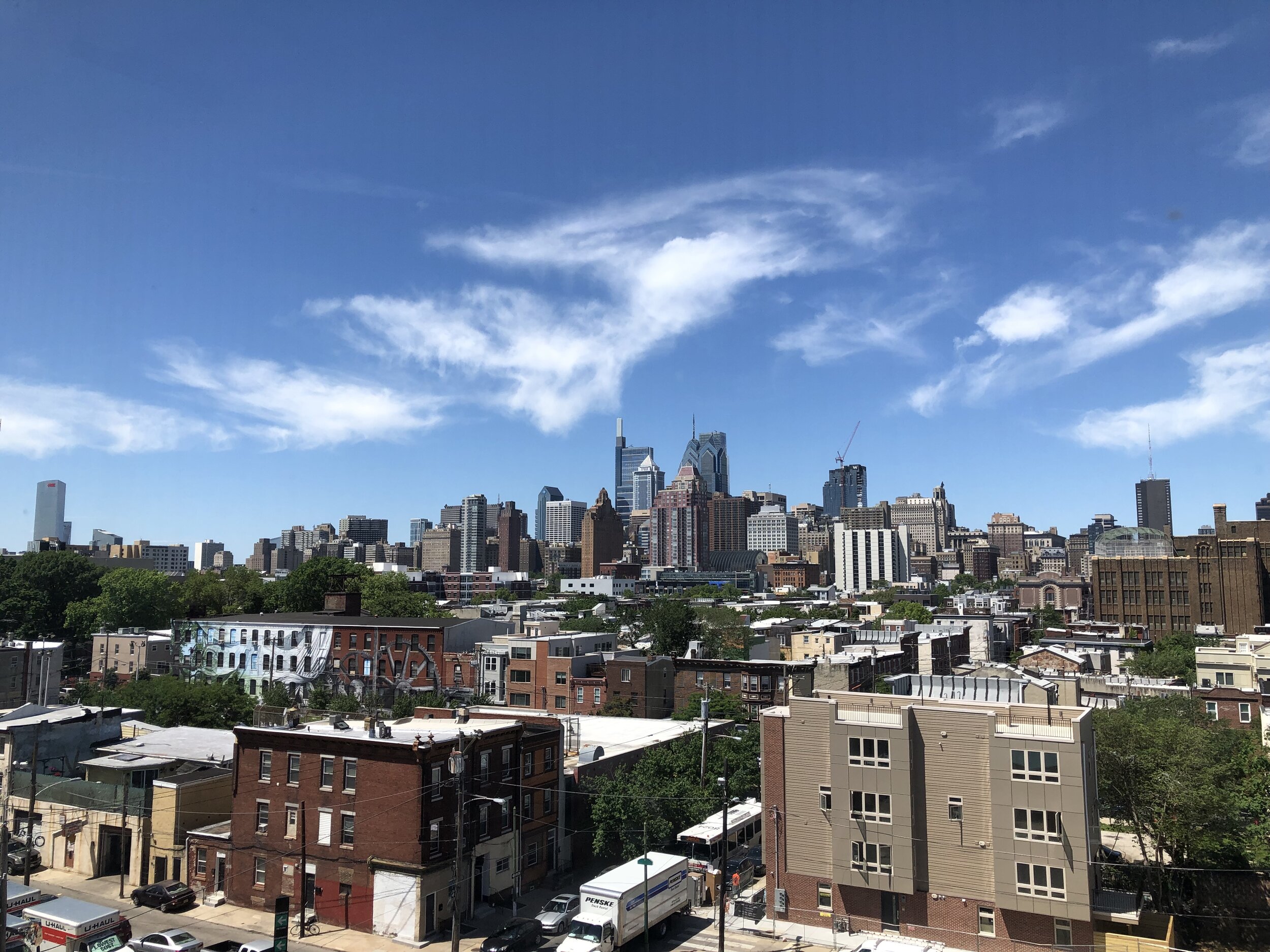
My research on urban sexual cultures centers around several sociological questions:
How do people navigate and manage difference in everyday life?
How do people foster a sense of belonging to a collective?
Interactional Belonging in the Gayborhood
My dissertation is a multi-year ethnography of Philadelphia’s Gayborhood neighborhood, with a particular focus on gay nightlife venues such as bars and clubs. I analyze how intergroup boundaries between non-heterosexuals and heterosexuals and intra-group divisions among LGBTQ populations are navigated and managed in gay public space.
I have published two peer-reviewed articles from this research:
Baldor, Tyler. 2020. “Acquainted Strangers: Thwarted Interaction in Digitally Mediated Urban Gay Bars.” Social Problems.
Baldor, Tyler. 2019. “No Girls Allowed?: Fluctuating Boundaries between Gay Men and Straight Women in Gay Public Space.” Ethnography 20(4):419-442. [lead article]
Gay Community Formation in a Southwestern, Small City Context
How do sexual minorities form communities in the absence of gay neighborhoods or gay bars? Attending to recent calls at the intersection of urban sociology and the sociology of sexualities to investigate non-urban, non-coastal sexual communities, I conducted ethnographic observation and interviewed 44 diverse gay residents in Santa Fe, the capital of New Mexico and nicknamed “The City Different.” A small city of roughly 84,000 residents, it has a high proportion of same-sex households and yet there are no formal gay institutions such as community centers or bars. In an article in Gay Travel, the publication writes that this is one of the city’s selling points: “Santa Fe offers a unique and inspired destination for gay travelers. You won’t find a gayborhood, or even a gay bar for that matter. Santa Fe’s lack of a visible gay scene is one of its best features, because it’s all about appreciating the finer things in life: art, food, and culture” (emphasis added).
I find that while symbols of LGBTQ inclusion (such as rainbow stickers) were prominent on storefront windows and license plates and residents expressed that they did not “need” a gay bar in Santa Fe to feel accepted, gay social spaces continue to thrive in private homes typically owned by wealthy, retired residents. Younger and less class-privileged residents usually did not feel included in these social scenes, and bemoaned that they lacked the economic capital to establish a more open-to-all gay space—such as a gay bar—in a city with high commercial rents. These findings suggest that in increasingly post-gay or “ambient” cities, gay cultural spaces are not disappearing but rather are becoming increasingly privatized and contingent on one’s social, economic, and cultural capital in order to access.

